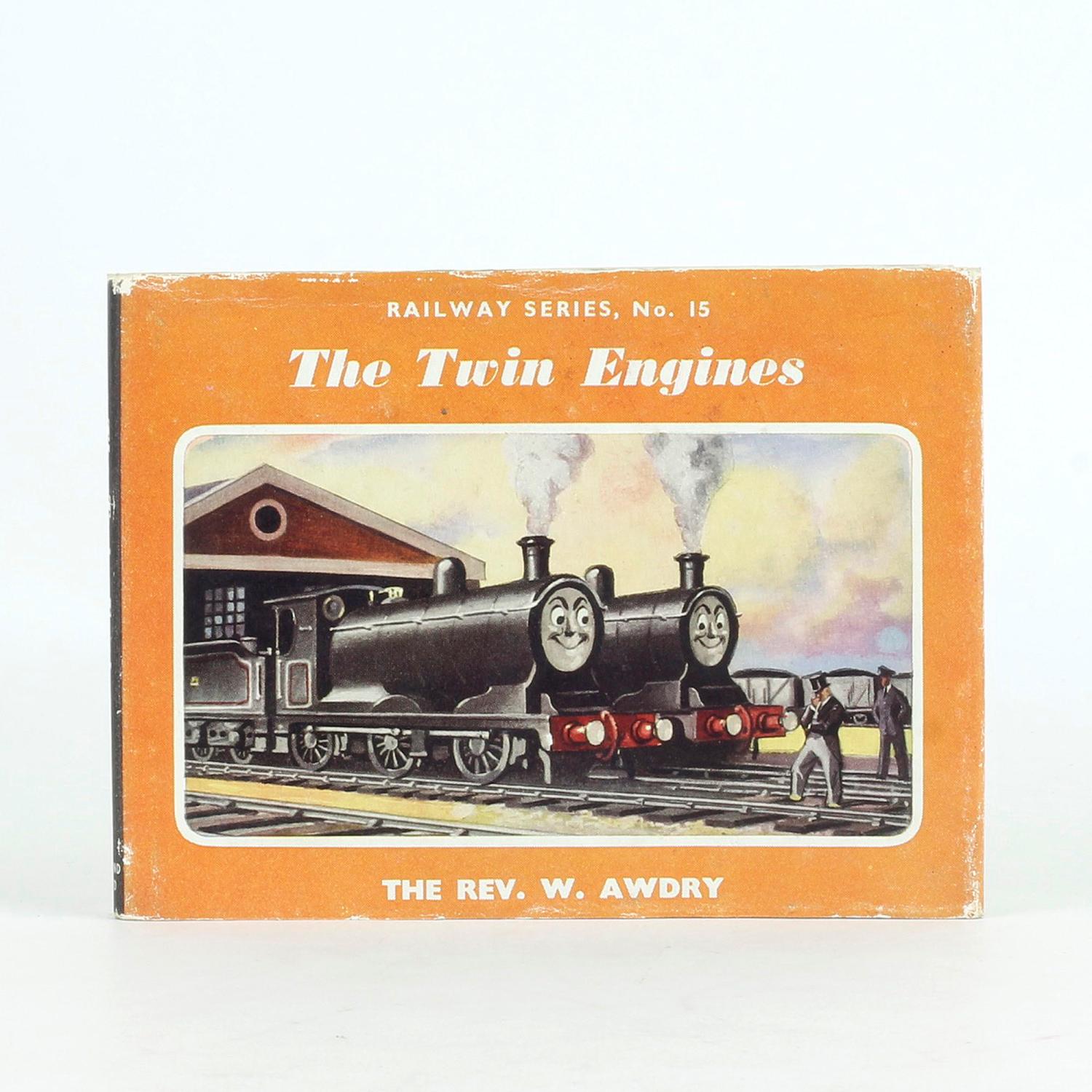

However, he had been finding it increasingly difficult to come up with ideas for new stories, and after this he felt that "the well had run dry" and so decided that the time had come to retire. In making the stories as real as possible, Awdry took a lot of inspiration from a number of sources in his extensive library, and found the Railway Gazette's 'Scrapheap' column particularly useful as a source of unusual railway incidents that were recreated for the Railway Series characters.Īwdry continued working on the Railway Series until 1972, when Tramway Engines (book 26 in the series) was published. Successive books would introduce such popular characters as Annie and Clarabel, Percy the Small Engine and Toby the Tram Engine. Dalby illustrated every volume up to Percy the Small Engine (1956), and also produced new illustrations for The Three Railway Engines and made changes to those of Thomas the Tank Engine. Reginald Dalby, perhaps the most famous of the Railway Series artists, and certainly the most controversial. James the Red Engine was notable as the first book to be illustrated by C.

The book James the Red Engine appeared in 1948, the year in which the railways in Britain were nationalised, and from this point onwards the Fat Director was known by his familiar title of the Fat Controller. Like its predecessor, this book was a success and Awdry was asked to write stories about James, a character who first appeared in Thomas and the Breakdown Train, the final story in Thomas the Tank Engine. This was illustrated by Reginald Payne, whom Wilbert felt to be a great improvement over Middleton. Stories about Thomas were requested by Christopher, and 1946 saw the publication of Thomas the Tank Engine.

Awdry constructed a toy tank engine for Christopher, which gained the name Thomas. The four stories were published in 1945 as a single volume, The Three Railway Engines, illustrated by William Middleton.Ĭhristmas 1942 saw the genesis of the character that grew to become the most famous fictional locomotive in the world. Although Wilbert had not intended that the three engines live on the same railway, he complied with the request in the story Edward, Gordon and Henry. The head of the children's books division requested a fourth story to bring the three engines together and redeem Henry, who had been bricked up in a tunnel in the previous story. Encouraged by Margaret, his wife, Awdry submitted the three stories to Edmund Ward for publication in 1943. This story introduced the popular characters Henry the Green Engine and the Fat Director. The engine characters were almost all based upon real classes of locomotive, and some of the railways themselves were directly based upon real lines in the British Isles.Ĭharacters and stories from the books formed the basis of the children's television series Thomas and Friends.Īudio adaptations of the Railway Series have been recorded at various times under the title The Railway Stories. Awdry was keen that his stories should be as realistic as possible. As a lifelong railway enthusiast, the Rev. Nearly all of The Railway Series stories were based upon real-life events. A further 15 were written by his son, Christopher Awdry 14 between 19 and a further book in 2007. There are 41 books in the series, the first being published in 1945. The Railway Series is a set of story books about a railway system located on the fictional Island of Sodor.

Wikiquote has a collection of quotations related to:


 0 kommentar(er)
0 kommentar(er)
